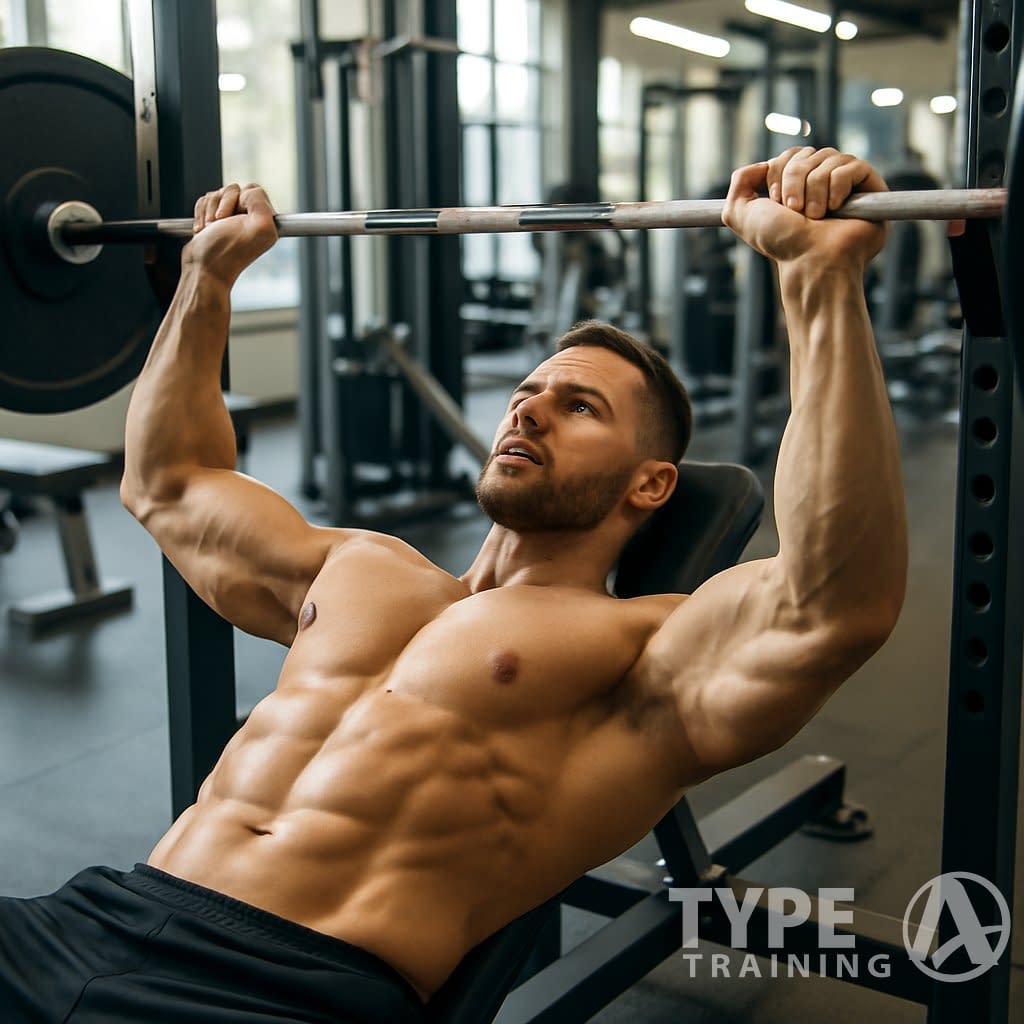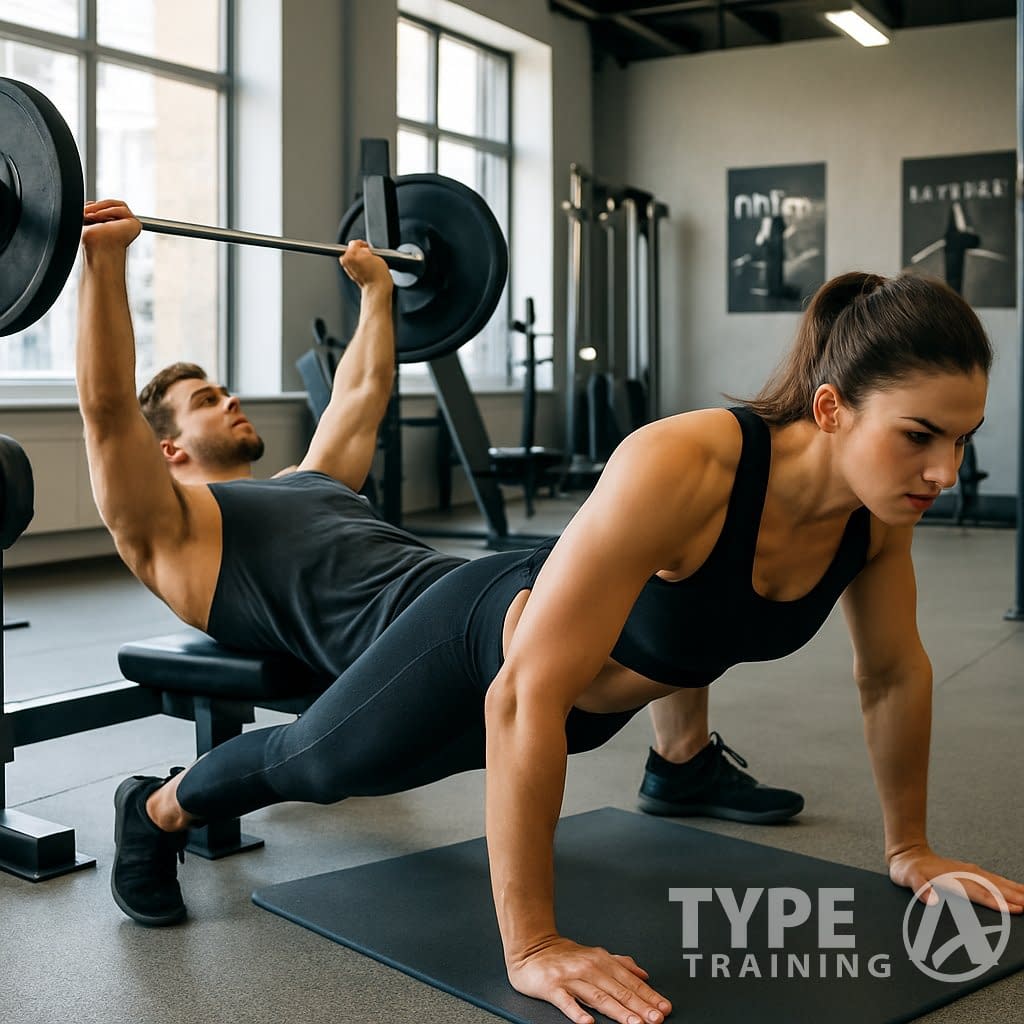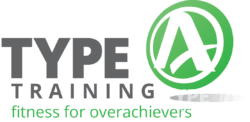Build Powerful Pecs: Your Complete Guide to Effective Chest Training

What’s Inside
Building a strong chest isn’t just about looks. It actually boosts your pushing strength and helps with all sorts of upper body stuff.
To maximize results, follow effective chest workout routines that focus on both strength and muscle growth.
A solid chest makes daily tasks easier and gives you that balanced, athletic look that a lot of us chase.
Popular posts:
This guide breaks down everything you need for chest training:
These essential chest workout routines will help you understand the importance of variety and technique in your training.
- Key exercises that hit every angle of your chest
- Common training mistakes and how to dodge them
- Programming tips for the best results
- Form guidelines to keep injuries at bay
Doesn’t matter if you train at home or in a gym—these basics help you build a better chest. The bench press gets all the attention, but a real chest workout goes way beyond that one move.
You’ll figure out how to really engage your chest during different lifts. Plus, you’ll see how to organize your chest day and fit it into your bigger routine.
Lots of folks struggle to grow their chest because they fall into the same old traps. This guide helps you steer clear of those and set up a workout that actually works.
Whether you’re new or have been lifting for years, these exercises and tips will help. Nail your form and stick to the principles, and you’ll build strength and definition—not just size, but a chest that works and looks great.
Effective Chest Workout Routines to Build Strength
Incorporating multiple chest workout routines can significantly enhance your overall performance.

Just moving weights around won’t cut it if you want a bigger chest. You need some strategy and a few key principles.
Mind-Muscle Connection
When focusing on your mind-muscle connection, remember this is crucial for all chest workout routines.
Don’t just go through the motions—focus on actually feeling your pecs work. That mental connection makes a real difference.
- Helps you activate the muscle
- Keeps your form on point
- Makes sure you’re hitting the right spots
Pro tip: Before each set, pause and think about your chest muscles. Picture them stretching and squeezing as you move.
Proper Shoulder Position
Squeeze your shoulder blades together during presses and flyes. Imagine holding a pencil between them.
- This pushes your chest forward
- Activates more muscle fibers
- Protects your shoulders
- Keeps other muscles from taking over
Mix Up Your Training Variables
Mixing up your chest workout routines not only helps prevent plateaus but also keeps your training engaging.
Changing things up keeps you from stalling and works the whole chest.
| Training Variable | Options to Rotate |
|---|---|
| Rep Ranges | 5-8 for strength, 8-12 for muscle, 12-15 for endurance |
| Movement Speed | Explosive, steady, or slow (tempo) |
| Exercise Selection | Presses, flyes, dips, push-ups |
| Angles | Flat, incline, decline |
| Equipment | Barbells, dumbbells, cables, machines, body weight |
Focus on Full Range of Motion
Using a full range of motion enhances the effectiveness of all your chest workout routines.
If you want your chest to actually grow, use the full range.
-
- Lower until you feel a stretch
- Push up until your pecs are tight
- Keep control on the way down and up
Be mindful of your form in your chest workout routines to ensure maximum benefits and safety.
Don’t just chase big weights. It’s better to go lighter with perfect form than to cheat with heavy loads.
Include Different Movement Patterns
Your chest does more than just press—it pulls your arms across and lifts them up.
- Horizontal adduction (arms across your body)
- Shoulder flexion (arms forward)
Mix in exercises that cover both. That way, you’ll hit every part of your chest, even the smaller muscles like the serratus anterior and subclavius.
Top Chest Exercises for Muscle Growth
Understanding the top chest exercises will help you design better chest workout routines.
1. Barbell Bench Press
The barbell bench press is still king for chest training. This big movement hits your pecs hard but also works your shoulders, triceps, and even your lats to keep things steady.
Why it works:
- You can move more weight than with most other chest moves
- Builds upper body strength fast
- Sets the foundation for your whole chest routine
Form tips:
- Keep your feet planted
- Let your lower back arch just a bit
- Lower the bar to your mid-chest
- Hold your elbows at around 45 degrees
Squeeze your pecs at the top—don’t just push the bar. Most experts call this the best upper-body move for a reason.
As you integrate these techniques, your chest workout routines will yield better results.
2. Cable Fly Variations
Cable flys keep tension on your chest the whole time, which you just don’t get with dumbbells.
Benefits:
- Hits the chest by bringing your arms across
- Keeps tension from start to finish
- Easy to change the angle to hit upper, middle, or lower chest
Try this: Stand between the cables, handles at chest height. Step forward, arms out to your sides, slight bend in your elbows.
- Bring the handles together, squeezing your chest at the end
- Keep your core tight for balance
Gymshark’s trainers say cables are awesome for shoulder safety and chest activation.
These strategies will help you maximize your chest workout routines and achieve your goals.
3. Push-Up Progressions
The push-up might seem basic, but it’s a powerhouse for chest growth. Plus, you can tweak it endlessly.
Push-up progression ladder:
- Wall push-ups (super beginner)
- Knee push-ups
- Standard push-ups
- Diamond push-ups (hits triceps and inner chest)
- Decline push-ups (upper chest)
- Weighted push-ups (for when you’re feeling strong)
Push-ups light up the same muscles as bench press, but your core and shoulders work overtime to keep you steady. It’s practical strength for real life.
For best results, keep your body straight, elbows at about 45 degrees, and lower until your chest is just above the floor.
4. Incline Dumbbell Press
Consider how incline variations enhance your overall chest workout routines.
The incline dumbbell press targets your upper chest—a spot a lot of lifters find tricky to build.
Setup basics:
- Set your bench to 30-45 degrees
- Pick weights you can control
- Keep your feet down and steady
Jacked Gorilla rates this as a top chest move because it really isolates the upper pecs, but you can still go decently heavy.
Dumbbells let you move each arm separately, helping fix any side-to-side imbalances. Slow down the lowering part to really feel it.
5. Chest Dips
Chest dips are tough, but they’re one of the best bodyweight moves for the lower chest.
Execution points:
-
- Lean forward to hit your chest (stay upright and it’s mostly triceps)
- Lower until you feel a deep stretch
Incorporate dips into your chest workout routines for added challenge and muscle engagement.
- Push back up hard, all the way
SET FOR SET puts dips at the top of their chest programs for a reason.
Chest workout routines should always include a variety of exercises for balanced development.
If you’re new to dips, use a machine or bands for help. If you’re advanced, strap on some weight for a real challenge.
6. Reverse Bench Press
The reverse bench press is a solid switch-up from the usual bench, especially if your shoulders get cranky.
How to perform:
- Lie down with your head where your feet usually go
- Use a supinated (palms facing you) grip
- Lower and press like a normal bench
This move shifts the work to your upper chest and eases up on your shoulders. Plus, the grip brings your biceps in as stabilizers, which is a nice bonus.
Implementing reverse bench press can diversify your chest workout routines effectively.
Common Chest Training Mistakes
1. Lifting With Your Ego
It’s tempting to slap on more weight than you can handle. But going too heavy messes up your form and puts you at risk.
Your chest grows best when you control the tension, not just the weight.
-
- Bouncing the bar off your chest
To avoid injury, follow proper techniques during your chest workout routines.
- Over-arching your back
- Letting your shoulders take over
- Not going through the full range
Pick a weight that lets you do 8-12 good reps, all the way up and down. That’s how you get real muscle growth and steady progress.
2. Poor Recovery Strategies
Your chest muscles don’t actually grow while you’re working out. They grow when you rest.
Recovery is crucial for your chest workout routines—never skip it.
If you skip recovery between sessions, you’ll stall out or even backslide.
Essential recovery elements:
-
- Leave 48-72 hours between chest workouts
- Get 7-9 hours of solid sleep each night
- Take real rest periods between sets—60 to 90 seconds does the trick
- Work in active recovery days with light cardio or some stretching
Active recovery helps maintain the momentum of your chest workout routines.
More training isn’t always better. Your body needs downtime to patch up muscle tissue and actually adapt. This matters even more if you’re doing intensity techniques like drop sets.
3. Random Training Approaches
Honestly, consistency matters a lot for chest growth. If your training volume jumps all over the place, your body can’t keep up or adapt.
Documenting progress within your chest workout routines aids in staying on track.Stay consistent to maximize the benefits of your chest workout routines.
| Week | Sets | Reps | Progress |
|---|---|---|---|
| 1 | 12 | 8-12 | Baseline |
| 2 | 14 | 8-12 | +2 sets |
| 3 | 8 | 8-12 | -6 sets ❌ |
| 4 | 20 | 8-12 | +12 sets ❌ |
Keep track of your workouts. Stick with a steady rep range and bump up volume little by little.
This way, you set yourself up for both strength gains and a better-looking chest. Who doesn’t want that?
4. Ignoring Warning Signals
Pain during chest exercises isn’t something you should just push through. There’s a big difference between good muscle fatigue and the kind of pain that signals an injury waiting to happen.
Listening to your body during chest workout routines helps prevent injuries.
Address these common chest training issues:
- Sharp pain in the shoulders during pressing
- Wrist discomfort during flyes
- Persistent elbow tenderness
- Excessive soreness lasting more than 72 hours
If you feel pain, tweak your exercises. Try changing your grip width, the bench angle, or even the equipment you use—sometimes that’s all it takes.
Think about your body fat levels, too. Carrying a bit more can mess with how you move and put extra stress on your joints.
Honestly, a small change in technique usually beats stubbornly sticking with something that hurts. Go for exercises that let you move through a full range of motion without pain. That’s how you keep making progress and avoid setbacks.








